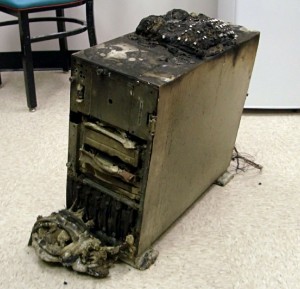A good backup utility can be worth its weight in gold. The File History application comes free with Microsoft Windows 8, 8.1 & 10. If you’re using Windows 7 or earlier it’s a good reason to upgrade before the Microsoft’s free upgrade offer expires.
A backup is like an insurance policy in that setting it up can be a bit of a hassle and you hope that you never need to use it. However, if you find yourself in the situation where it’s needed you’ll be glad that you had it. In its simplest form a backup is just a copy of something e.g. a Word document The idea being that if the original document is damaged, deleted or lost the backup copy can be used instead. For these reasons the backup copy should include the most recent changes to the original.
One problem with this approach is that only the most recent changes are protected. Should something be deleted from the original document and a backup performed before the error is discovered both the original and the backup copy will be wrong!
What’s great about File History is…
A backup utility has existed in various guises on Windows for many years. Fortunately, with Windows 8 Microsoft have raised their game and supplied File History. It behaves like a versioning system by saving all of the previous backup copies This allows you to retrieve a particular version of your document and recover the missing content. It’s easy to configure, just point it at a network or external drive and that’s it. File history will sit in the background creating versions of all of your important documents and files.
For me this is one of the stand-out features of recent editions of the Windows franchise and well worth the upgrade.

